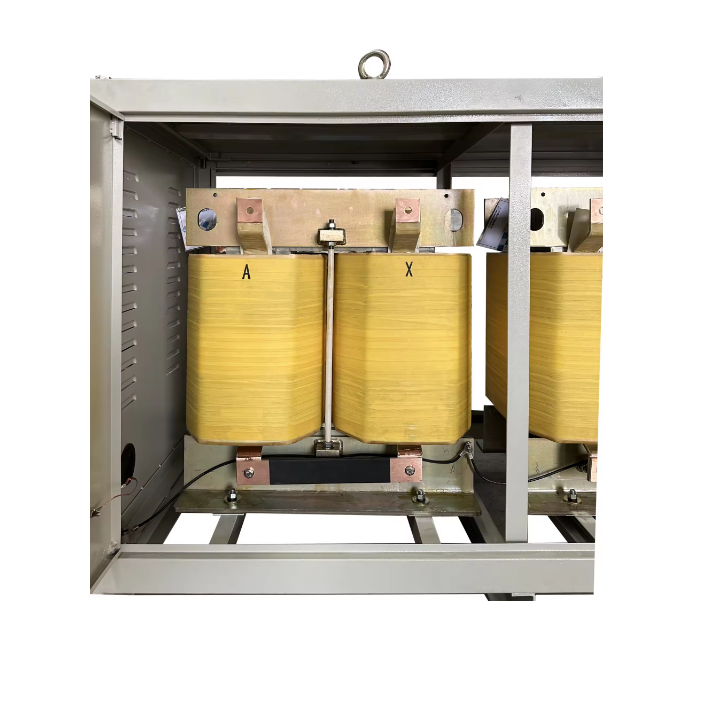Surge Current: Understanding Transient Electrical Phenomena
In the field of electrical engineering, surge currents play a significant role in power systems and can have a profound impact on the performance and reliability of electrical equipment. Surge currents are sudden and transient electrical current peaks that occur due to various factors such as switching operations, faults, or lightning strikes. This article aims to provide a comprehensive understanding of surge currents, their causes, effects, and protective measures.
1. What is Surge Current?
Surge current refers to the abrupt increase in electrical current beyond the normal operating range, lasting for a short duration. It is characterized by its high peak value and rapid changes. Surge currents can lead to voltage fluctuations and electrical damages within power systems.
2. Causes of Surge Currents:
Surge currents can be caused by several events, including:
- Switching Operations: Rapid opening or closing of electrical switches can generate transient surges.
- Faults: Electrical faults, such as short circuits or ground faults, can result in sudden current spikes.
- Lightning Strikes: Lightning discharges can induce extremely high surge currents through power lines and equipment.
3. Effects of Surge Currents:
The effects of surge currents can be detrimental and lead to various consequences, such as:
- Voltage Transients: Surge currents can cause significant voltage fluctuations, potentially exceeding the equipment's tolerance levels.
- Electrical Equipment Damage: High surge currents can damage electrical components, insulation, and sensitive electronic circuits.
- System Disruptions: Surge currents can disrupt the normal operation of power systems, leading to equipment failures and downtime.
4. Surge Current Protection Measures:
To safeguard electrical systems and equipment against surge currents, the following protective measures are commonly employed:
- Surge Protective Devices (SPDs): These devices are installed in electrical systems to detect and divert surge currents, preventing their propagation to sensitive equipment.
- Transient Voltage Suppressors (TVS): TVS devices are used to limit transient voltage spikes caused by surge currents and protect sensitive electronic components.
- Grounding and Bonding: Proper grounding and bonding techniques help to dissipate surge currents and provide a low-resistance path for fault currents.
Conclusion:
Understanding surge currents and implementing appropriate protection measures are essential for maintaining the integrity and reliability of electrical systems. By comprehending the causes and effects of surge currents, engineers and technicians can design and implement effective surge protection strategies to mitigate the risks associated with transient electrical phenomena.
LuShan, est. 1975, is a Chinese professional manufacturer specializing in power transformers and reactors for 48 years. Leading products are single-phase transformer, three-phase transformers, DC inductors, AC reactors, filtering reactor, expoxy resin high-voltage transformer and intermediate, high-frequency products. Our transformers and reactors are widely used in 10 application areas: rapid transit, construction machinery, renewable energy, intelligent manufacturing, medical equipment, coal mine explosion prevention , excitation system, vacuum sintering, central air conditioning.
Know more about power transformer :https://www.lstransformer.com/Transformers

 EN
EN
 FR
FR DE
DE ES
ES

